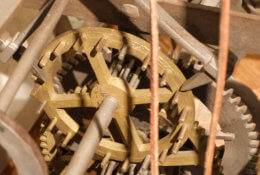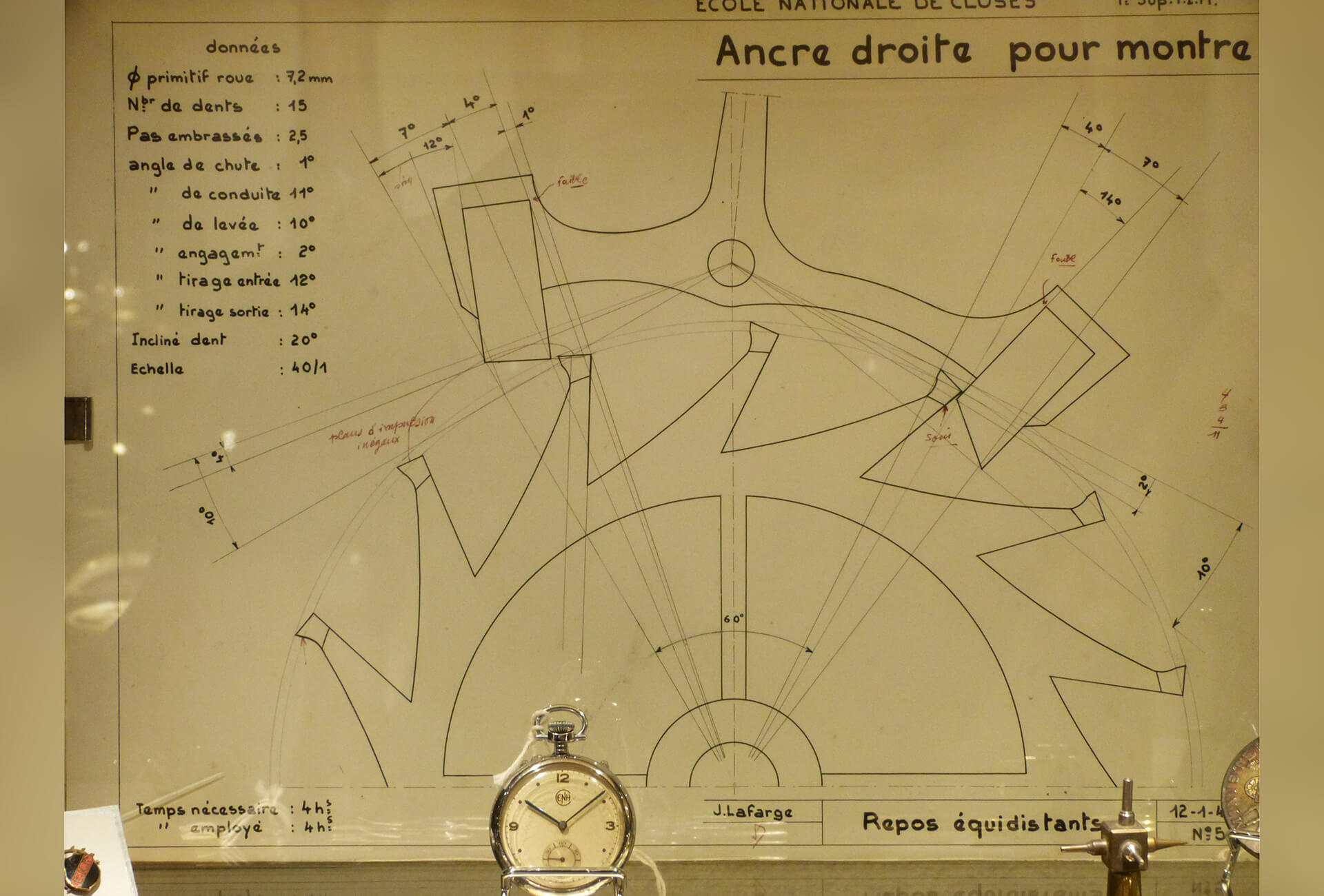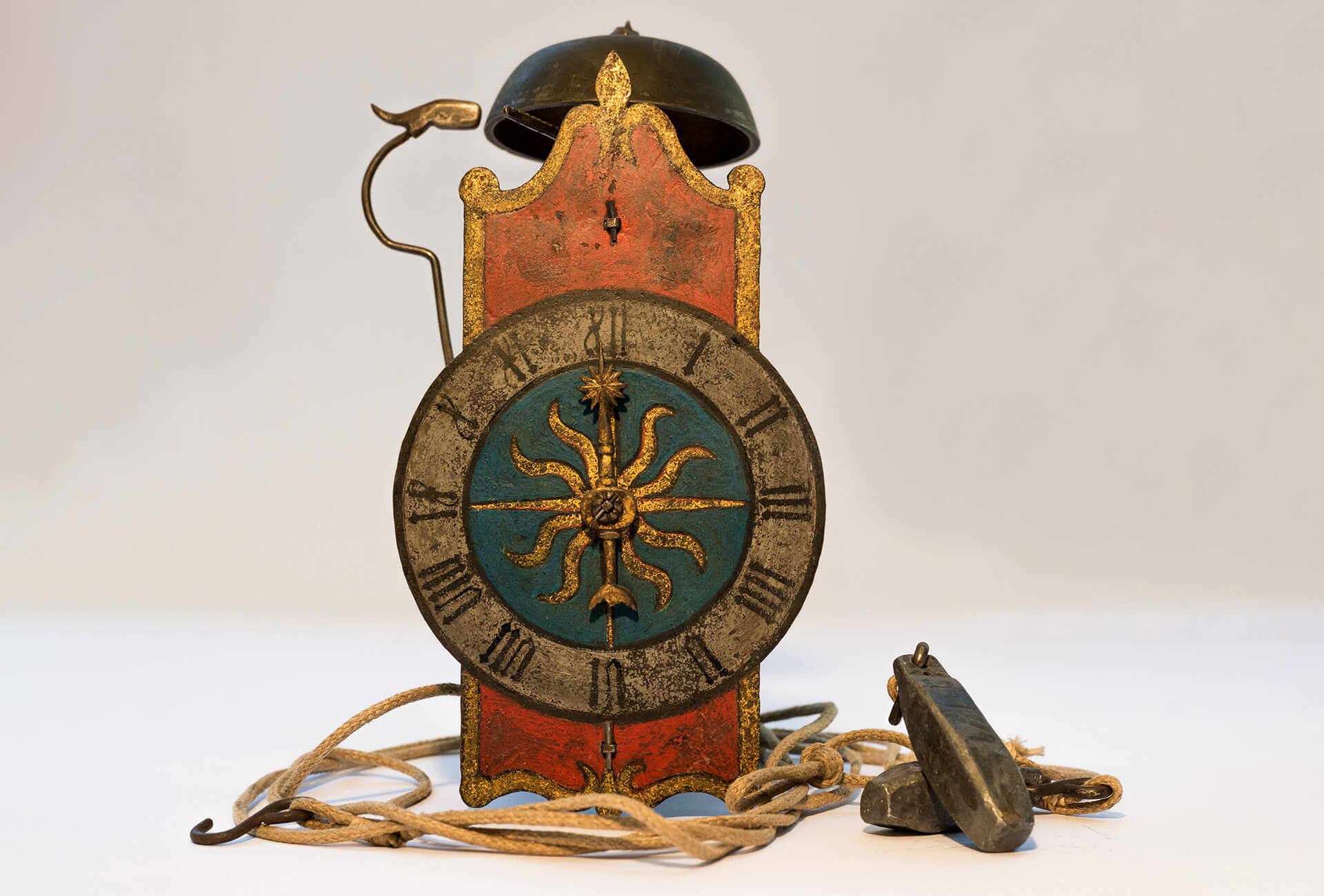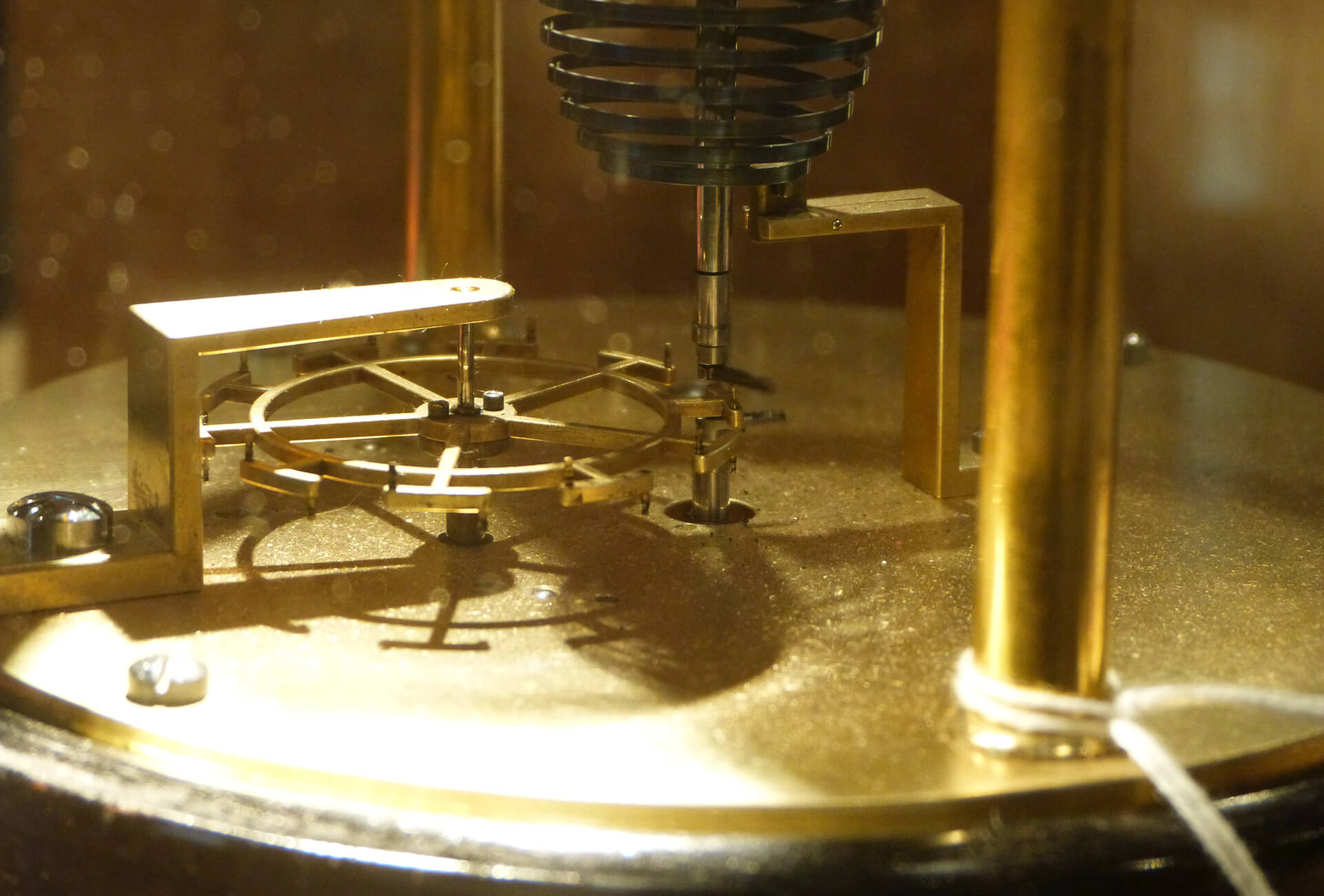Having catered to demand for different types of quality timepieces for issue to the armed forces, the years during and immediately after the Second World War proved beneficial for watchmakers. The frequency and precision of existing movements was more than adequate for ordinary use, hence manufacturers made no special effort to develop new escapements. Instead, brands concentrated on improving machining techniques for cases, and finding ways to improve water-resistance or night-time legibility. It wasn’t until the mid-1950s and the invention of the mercury button-cell battery by the American firm Mallory that movement regulation further progressed. Watchmakers were able to introduce new electro-mechanical escapements with electrically-impulsed balance wheels. Hamilton’s Ventura watches made use of this technology. These were complicated systems, the forerunner to quartz watches, still to come. Another drawback: the amount of power required to run them implied frequent battery changes.
Even before the quartz watch appeared, the American firm Bulova had made the first tuning-fork watch.
The industry was snapped out of its cheerful reliance on the lever escapement by an unexpected breed of watchmakers: electronics engineers. Over two decades, their research would push the limits of possibility and, most importantly, succeed in miniaturising components sufficiently to fit inside the equivalent of a wristwatch case. It should be noted in passing that even before the quartz watch appeared, the American firm Bulova had made the first tuning-fork watch, thanks to the work of a talented Swiss engineer, Max Hetzel, who had joined the company in 1948. Bulova’s tuning fork, which was made to vibrate by transistors, a recent invention, prefigured the quartz crystal that would shoot watchmaking into a new era: that of high frequency and, as a result, ultimate precision. More than four million of these ingenious Bulova watches, which didn’t tick but hummed like a bee, were sold until production ceased in 1977, when they could no longer compete with quartz. In 1960, high frequency’s “intrusion” into a profession accustomed to a more stately pace – 2.5 Hertz or 18,000 vibrations per hour – encouraged manufacturers of traditional mechanical watches to up the frequency of their conventional escapements.
Speed it up or get left behind
This wasn’t the first time watchmakers had been tempted to increase engine speed. During the early years of the twentieth century, the industrial world was bent on measuring everything but couldn’t content itself with the current state of technology. Responding to demand, Heuer was one of the first to explore high frequencies. The results of its research, the Mikrograph, was launched in 1916. This hand-held stopwatch measured 1/100th of a second, shown on the dial, thanks to a balance vibrating at 360,000 vibrations per hour. History tells us this was also the year Minerva brought out its stopwatch measuring 1/100th of a second, which it further improved in 1936. Still, not every brand felt the need to adopt this faster beat, particularly as there were few practical applications for this level of precision. When, in the 1920s, Omega took its first steps in sports timing, it did so with mechanical stopwatches, with or without a split-seconds hand, that measured 1/10th of a second for 36,000 vibrations per hour.
Movement engineers realised that the first mechanical wristwatches were unable to keep good time due to the constant gesticulations of their wearer.
Only a handful of watches came near this level of precision, but the first shots had been fired in the battle for frequency. Competition to find the right beat truly began after the watch migrated from the pocket to the wrist. Movement engineers soon realised that the first mechanical wristwatches, generally set at 18,000 vibrations per hour, were unable to keep good time due to the constant gesticulations of their wearer. Various solutions were proposed, such as smaller, lighter balance wheels with reduced inertia, or faster escapement assemblies (more oscillations per hour). This explains why the majority of watchmakers went from 18,000 vibrations per hour in the 1940s to 21,600 towards the mid-1950s to reach 36,000 beats per hour, at Büren, Seiko and Zenith, by the late 1960s.














